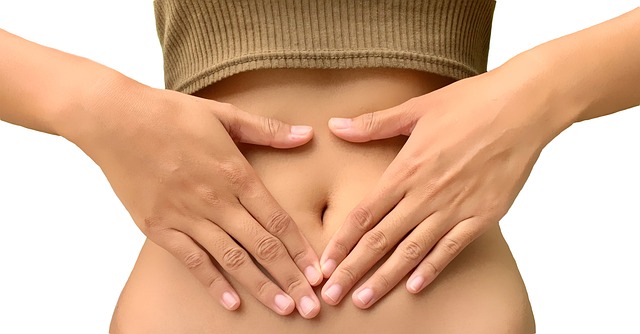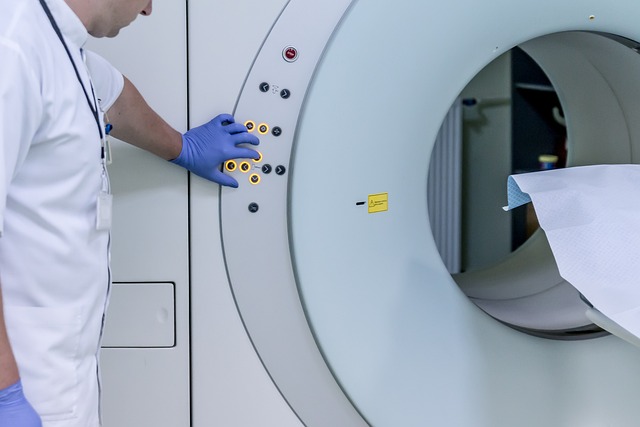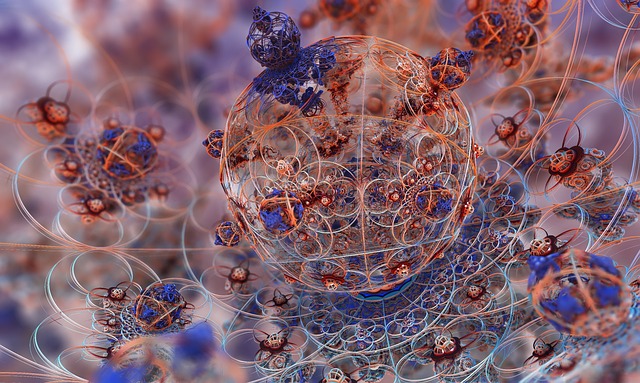
Enzymatic Digestion
Understanding Enzymatic Digestion
Enzymatic digestion is a crucial biological process that allows organisms to break down food into smaller, absorbable components. This process is vital for converting the nutrients in food into forms that the body can utilize for energy, growth, and repair.
The Process of Digestion
Digestion involves two primary types of processes: mechanical digestion and chemical digestion. Mechanical digestion refers to the physical breakdown of food, such as chewing and the churning action of the stomach. Chemical digestion, on the other hand, involves the enzymatic breakdown of food substances into smaller molecules.
Role of Enzymes in Digestion
Enzymes are specialized proteins that catalyze biochemical reactions, including those involved in digestion. They function by speeding up the breakdown of macronutrients—fats, carbohydrates, and proteins—into their smaller building blocks, which can then be absorbed into the bloodstream.
Macronutrients and Their Digestion
- Carbohydrates: These are primarily broken down into simple sugars, such as glucose. Salivary amylase, an enzyme found in saliva, begins the process of carbohydrate digestion in the mouth.
- Proteins: Proteins are broken down into amino acids. This process begins in the stomach, where the enzyme pepsin, activated from its precursor pepsinogen by hydrochloric acid, plays a key role.
- Fats: Lipids are emulsified by bile and further broken down by lipases into fatty acids and glycerol, which can be absorbed by the intestinal lining.
Hydrochloric Acid and Its Functions
In the stomach, parietal cells secrete hydrochloric acid (HCl), which has a concentration of about 160 mmol/L and a pH of approximately 0.8. This highly acidic environment serves several important functions:
- It creates a hostile environment for pathogens that may enter the body through food.
- It denatures proteins, making them more accessible for enzymatic breakdown.
- It activates pepsinogen to pepsin, the active form of the enzyme responsible for protein digestion.
Absorption of Nutrients
Once food is broken down into its constituent molecules, these nutrients are absorbed through the intestinal epithelium into the bloodstream. This absorption occurs primarily in the small intestine, where the surface area is maximized by villi and microvilli, allowing for efficient nutrient uptake.
Conclusion
Enzymatic digestion is a complex but essential process that enables the body to convert food into usable energy and nutrients. Understanding how this process works can provide insight into nutrition and overall health.

















 Hausdorff Dimension Measure
Hausdorff Dimension Measure 
 Health
Health  Fitness
Fitness  Lifestyle
Lifestyle  Tech
Tech  Travel
Travel  Food
Food  Education
Education  Parenting
Parenting  Career & Work
Career & Work  Hobbies
Hobbies  Wellness
Wellness  Beauty
Beauty  Cars
Cars  Art
Art  Science
Science  Culture
Culture  Books
Books  Music
Music  Movies
Movies  Gaming
Gaming  Sports
Sports  Nature
Nature  Home & Garden
Home & Garden  Business & Finance
Business & Finance  Relationships
Relationships  Pets
Pets  Shopping
Shopping  Mindset & Inspiration
Mindset & Inspiration  Environment
Environment  Gadgets
Gadgets  Politics
Politics 